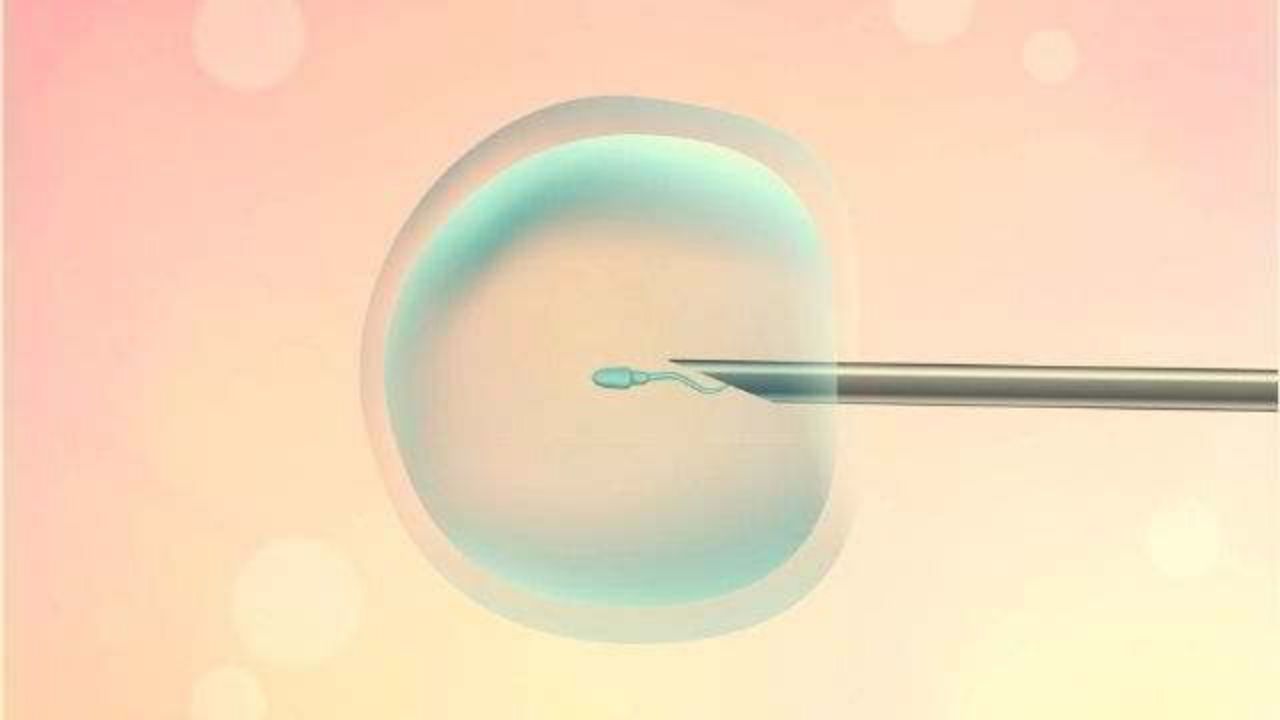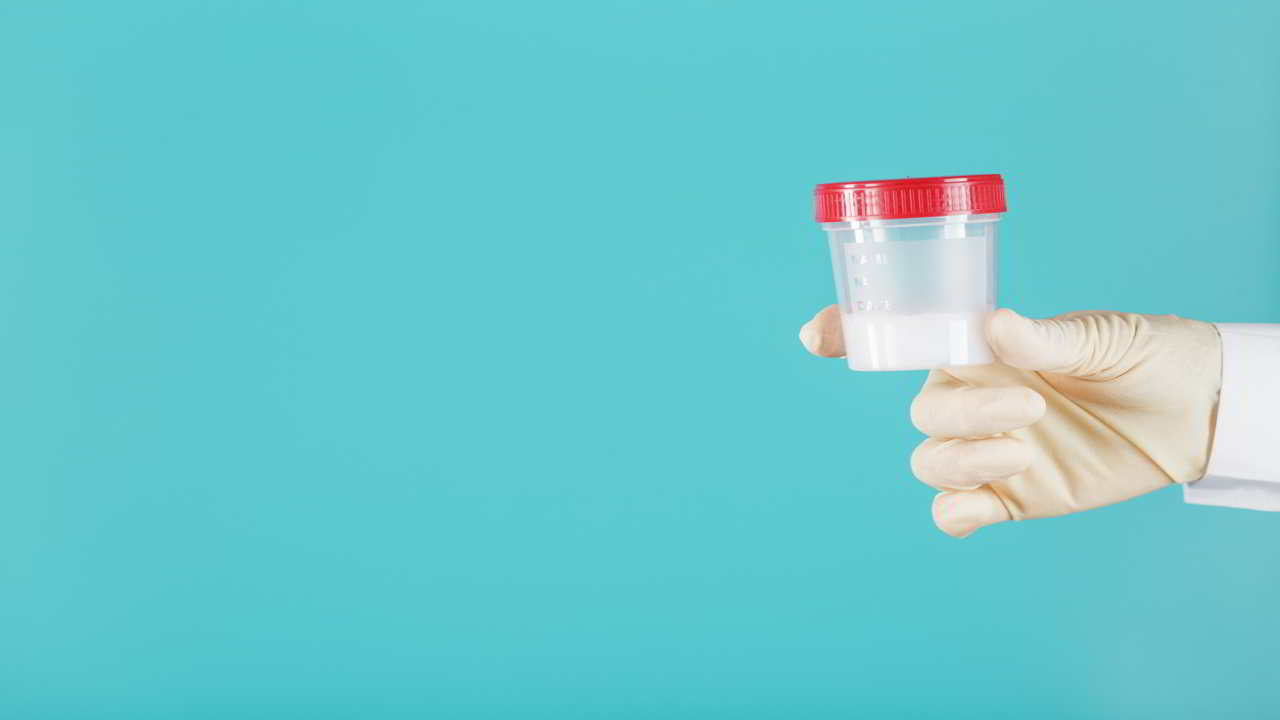As a pediatrician at ONP Hospitals, I’ve witnessed countless stories of resilience and recovery, but one case stands out—little Anaya’s story. Anaya, a spirited four-year-old, came to us after a severe finger injury that happened while she was playing in the backyard....

Overview
In layman’s terms, azoospermia means no sperm while oligozoospermia means not many sperms.
Everything You Need To Know About Azoospermia/Oligospermia
What is a low Sperm Count?
When you have a low sperm count, the sperm count in your ejaculate (semen) during an orgasm is lower than it should be. If you have less than 15 million sperm per milliliter of semen, your sperm count is considered poor.
A low sperm count lowers your chance of becoming pregnant. Despite this, many men with low sperm counts are nonetheless able to conceive children.
What is Azoospermia?
The medical disease known as azoospermia is characterized by the lack of any sperm in a man’s semen sample after it has been centrifuged. Before a guy is diagnosed with azoospermia, at least two semen samples should be examined. Only 1% of men are affected, yet that translates to 20% of all male infertility cases.
Causes of Azoospermia
Azoospermia may be caused by a variety of factors, including:
- Epididymitis
- Ejaculatory duct obstruction
- Undescended testes at birth
- Trauma or surgery of the scrotum
- Vasectomy
- Primary testicular failure (Klinefilter syndrome)
- Genetic infertility is caused by a chromosomal anomaly; karyotyping is required to diagnose this disorder.
- Unexplained genetic infertility
- Secondary testicular failure (Kallman syndrome)
- Pituitary/Hypothalamic tumor
- Hyperprolactinemia; high level of prolactin in males
- Cancer treatment that involves chemo, radiation, and surgery
- Alcohol and glucocorticoids cause drug-induced pituitary suppression.
- Testosterone supplements
- Congenital adrenal hyperplasia
- Varicocele
- Sickle cell anemia
- Diabetes mellitus
- Exposure to pesticides/toxins, such as in hot tubs and baths
- Sperm autoimmunity
Symptoms of Azoospermia
If your attempts to conceive fail, you may not notice any signs or even be aware that you have azoospermia. Any additional indications or symptoms you have may be linked to underlying reasons, such as hormone imbalances or genetic chromosomal disorders.
Otherwise, the following signs and symptoms are possible:
- Low sex drive
- Erectile dysfunction
- Lump, swelling, or discomfort around the testicles
- Reduced facial or body hair
What is Oligozoospermia?
Oligozoospermia occurs when a man’s ejaculate contains less sperm than is necessary to conceive than the recommended minimum. Oligozoospermia is another name for this disorder. A sperm count of fewer than 20 million per milliliter is considered oligozoospermia by the World Health Organization (WHO). It’s the most prevalent reason males have fewer odds of becoming pregnant or having an unplanned pregnancy.
Causes of Oligospermia
Oligozoospermia is caused by a variety of medical disorders, including the following:
- Varicocele: Spermatogenesis is further hampered by increased testicular temperature as a result of testicular vein dilation. Male hormones like testosterone are needed to produce sperm, and when the testicles’ temperature increases, this interferes with testosterone synthesis. Additionally, the high-temperature damages the sperm’s DNA.
- Hormonal imbalance: FSH, LH, and Testosterone, all of which are gonadotropin-releasing hormones, are essential for normal sperm production.
Other variables associated with oligozoospermia in men’s lifestyles include:
- High testicular temperature: The most common causes include using a laptop while sitting or wearing clothes that are too tight around the genitals.
- Substance abuse and alcohol: Cocaine and marijuana usage might lead to a reduction in sperm count. Both heavy drinking and cigarette smoking have detrimental consequences in moderation.
Symptoms of Oligospermia
Symptoms of a low sperm count include the following:
- Low sexual desire or difficulties sustaining an erection are examples of problems with sexual function (erectile dysfunction)
- Testicular discomfort, swelling, or a lump
- Hair loss on the face or body, or other indications of a chromosomal or hormone problem
Treatments
The therapy for azoospermia is mostly determined by the underlying reason.
Blockage: However, patients may be offered microsurgery to restore sperm function in cases when the sperm are blocked in the vas deferens or another location.
Patients who have missing sperm because of a hormonal deficiency have the option of having the necessary hormones administered to them.
Men with unexplained infertility and other problems, on the other hand, are encouraged to go through an IVF process in which the sperm(s) existing in the testes are directly removed utilizing sperm retrieval methods. The sperm is then utilized in a procedure known as ICSI, in which it is directly injected into the female oocyte (egg) in a laboratory (IntraCytoplasmic Sperm Injection)
Depending on the diagnosis of infertility, the following techniques may be used:
- TESE: Testicular sperm extraction
- Micro TESE
- MESA: Microscopic Epididymal Sperm Aspiration
- PESA: Percutaneous Epididymal Sperm Aspiration
- Testicular Biopsy
Compared to azoospermia, oligozoospermia is simpler to cure, however, treatment options vary depending on the underlying reason.
- Varicocele: The procedure includes surgically ligating the spermatic veins that have widened in size due to the condition.
- Infections: To treat urinary or reproductive tract infections, doctors often prescribe an antibiotic course.
- Hormonal imbalance: There are drugs and hormone replacement therapies provided to correct the hormonal imbalance.
Conclusion
Any azoospermia or oligozoospermia might be caused by any number of various things. There are several therapy options available depending on the cause of your azoospermia and oligospermia.
Sub Services
What Patient has to say about us
People heavily rely on reviews from other patients when choosing a healthcare provider
Our Patients Many many happy returns of the day......... The best doctor in the world My mother was suffering from severe pain in both knees and spine. Dr. Aashish arbat sir has operated today after 15days she is doing every thing thank you Dr aashish arbat sir and team Especially the major support was from Dr Ram sir from admission to dischatge and follow ups and taken care very nicely thanku Dr. Ram sir Our Patients After enduring knee pain for the past decade, my mother sought advice from various doctors in Nagpur, Nashik, and Pune. They all recommended knee replacement surgery, but it was only when we discovered Dr. Aashish Arbat and the option of robotics surgery that we made the decision to proceed. The surgery took place on June 23, 2023, and it turned out to be an incredible experience. To our astonishment, on the morning of June 24, my mother was able to stand on her own legs and even take a few steps. This remarkable progress was made possible due to the advanced assistance of robotics arm and Artificial Intelligence. Dr. Aashish Arbat is an exceptional and highly experienced surgeon, and we are immensely grateful for his expertise. We also extend our appreciation to his colleagues, Dr. Sharma and Dr. Ram, for their excellent skills and compassionate nature. Our heartfelt thanks go out to the entire team for enabling my mother to live a pain-free life Our Patients My mother got her both robotic knee replacement from sir on Oct 2021. The team and sir have made the complete process seamless. Especially my mother was very comfortable post her surgery. Thank you Dr Arbat and team. Our Patients Our Patients Our Patients Hello. My wife has severe arthritis in her body knees since 2017. We communicated many doctors but she was not happy. We visited Dr arbat for same issue and he came up with robotic knee replacement solution which suited her accurately and she is walking 5-6km daily without hesitation and living comfortably. Thanks Dr. Aashish Arbat and his new technology.![]()
Chhaya Kate
![]()
pravin kharat
![]()
T Srivalli
![]()
Mohan Satavekar
![]()
VIVEK PANDEY
![]()
Subhash Bobade
Blogs
Addressing Childhood Obesity: Preventative Measures and Healthy Lifestyle Choices
Childhood obesity is growing concern. More kids are affected every year. Tackling this issue early is crucial. This ensures children grow up healthy and happy. Fortunately, there...
Healthy Sleep Habits for Children: Tips for Parents
Good sleep is essential for children’s health and development. Yet getting kids to sleep can sometimes feel like an uphill battle. Establishing healthy sleep habits early on sets...
The Role of Diet and Nutrition in Managing Encopresis in Children: Insights from Dr. Amita Phadnis
Encopresis, a condition characterized by involuntary soiling in children, can be distressing for both the child and their family. First and foremost, complete treatment of...
Videos
Dr. Amita Phadnis’s Full Speech on Survival & Health Rights at UNICEF India.
Dr. Amita Phadnis ,M.D., Gave a Motivating Speech
Breast cancer is cancer that forms in breast cells. Women are mostly diagnosed with this cancer. Although it can be seen in both men and women
What is AMH
The granulosa cells in your ovarian follicles create the anti-Mullerian hormone, often known as AMH. According to the American College of Obstetricians and Gynecologists (ACOG), the generation of AMH is a reflection of your ovarian reserve.
FAQ’s
Pregnancy and Migraine Headaches: What Women Need to Know
When you are pregnant or breastfeeding, then you should be aware that migraine headaches are a normal part of the journey. Pregnant women might feel headaches owing to...
What Is the Problem of Orthopedics in Children?
While orthopaedic problems are commonly seen in and associated with the elderly, it’s important to be alert regarding the fact that they can afflict young people and children as well.
All You Need to Know About Reproduction
Most science students have to study about reproduction in their high school syllabus, and some learn from their parents, who may discuss it even earlier. It’s a very good thing to know about our own bodies…
Explore All Departments

ONP Prime

ONP Leela

IVF

Oncology

Pediatrics

Urology

Neonatology

Ophthalmology

Orthopedics

Gynaecology

Cardiology

IVF

Oncology

Pediatrics

Urology

Neonatology

Ophthalmology





 Home
Home













